1. Policy is developed with intentions to regulate behaviors & actions and allocate resources.
1.1. The CNL must be clear about the values that he or she holds and how they shape the policies & political strategies in which they will engage to improve care.
1.2. CNLS are in an excellent position to assume a leadership role in advancing the healthcare agenda because they are patient advocates.
2. Techniques for Health Care Economic Decision Making
2.1. Cost of illness: total expenses related to care
2.2. Cost identification: summary of each expense
2.3. Cost minimization: analysis of cost and possible reductions
2.4. Cost-consequence analysis: expense associated with illness beyond care
2.5. Cost-effectiveness analysis: comparing 2 types of possible interventions
2.6. Cost-benefit analysis: comparing intervention versus not using it
3. Why?
4. "System Safety"
4.1. Effectiveness of a system is related to its ability to adapt and also must seek operational control of the patient. Operational control involves a "system safety" where there is an infrastructure comprised of 6 safety attributes:
4.1.1. 1. Establishment of responsibility of the system, process, or procedure.
4.1.2. 2. Authority to make changes
4.1.3. 3. Procedures that outline instructions for routine & the nonroutine
4.1.4. 4. Controls or checks that are real-time
4.1.5. 5. Process measurements
4.1.6. 6. The interfaces, or coordination of systems, processes, & procedures
4.2. Accountable care organizations decrease the cost of care through efficiencies and cost sharing.
4.2.1. CNLs will set the course and hold staff accountable for performance-based budgets based on best practice.
4.2.2. The CNL will help promote health and reduce risk with chronic conditions.
5. Policy Making Process
5.1. Issue identification and agenda setting
5.2. Policy formulation
5.3. Policy adoption
5.4. Policy implementation
5.5. Policy evaluation
5.6. Policy revision or amendment
6. Quality and Safety
6.1. Quality of care is the extent to which heath care services for individuals and the population increase the likelihood of preferred outcomes that are consistent with current knowledge.
6.1.1. CNLs will contribute to improvement by translating research into practice, developing patient-specific evidence for effectiveness of care, and promoting needed policy change.
6.2. Patient safety is the freedom from harm while receiving care.
6.2.1. The safety culture with reliability and team training efforts are part of the work of a CNL.
6.2.2. CNLs as information managers and system analysts can work at the unit level to sort out actions needed to comply with HCAHPS, nurse-sensitive indicators, core measures, and other scoring procedures.
